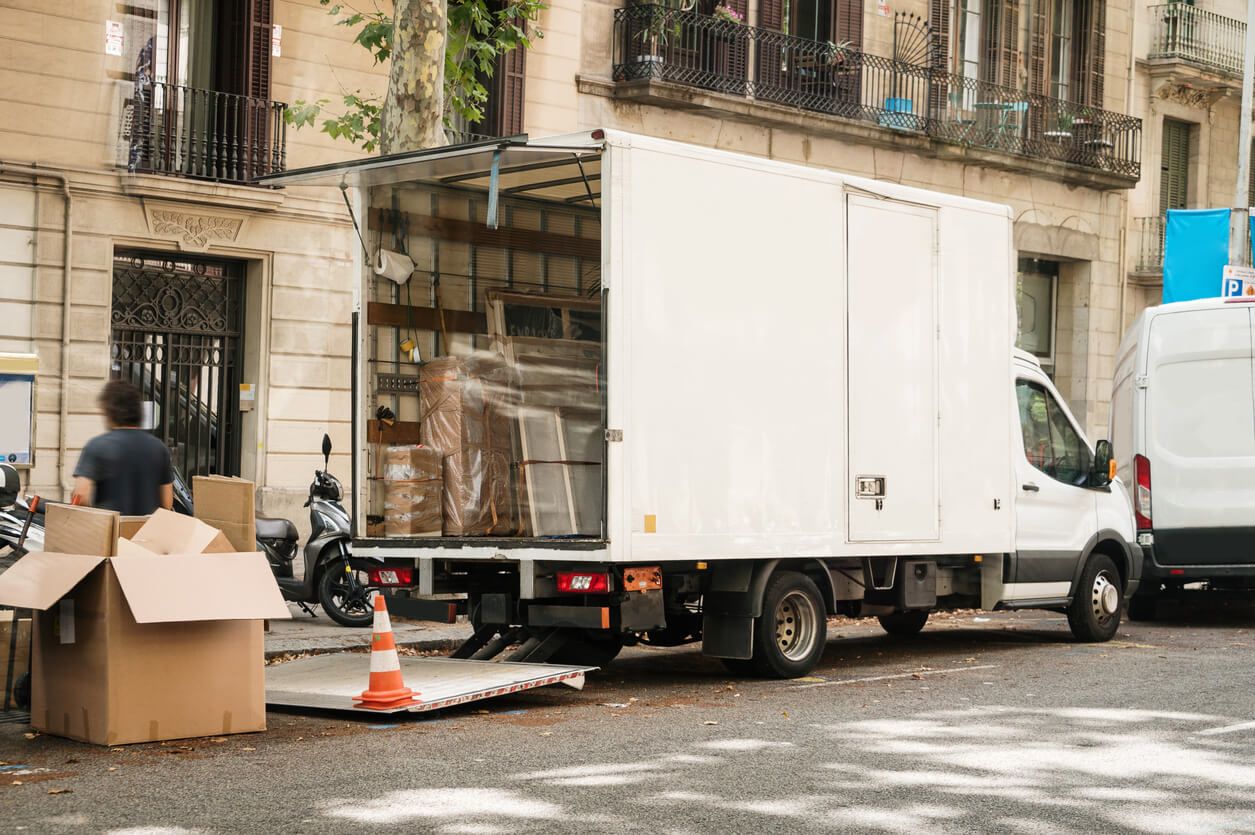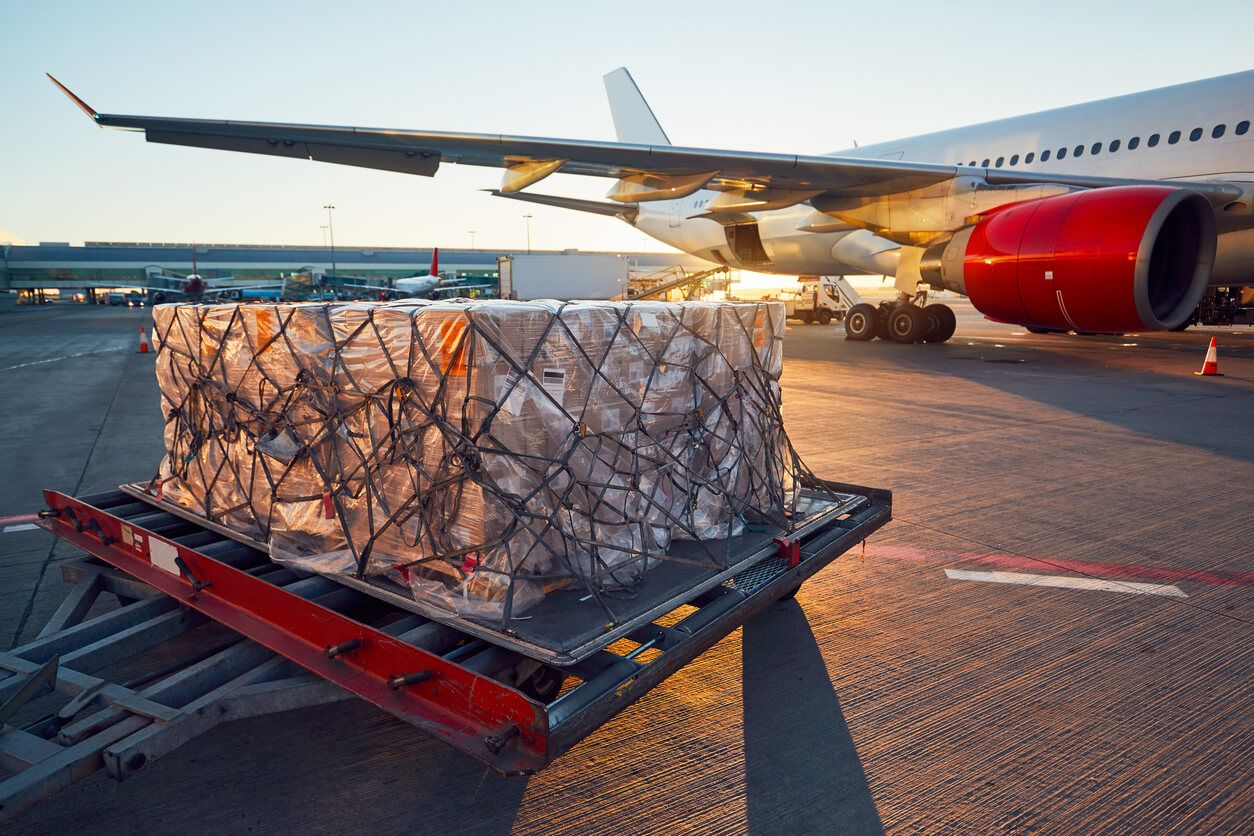Moving goods within the EU

If you’re relocating from another EU or EEA country, things are refreshingly straightforward. There’s no customs process for personal belongings moving between EU member states, it’s as simple as hiring a removal van or shipping company and getting on the road.
You’ll still want to:
- Plan ahead so your belongings arrive when you do.
- Label your boxes clearly to make unpacking easier.
- Insure valuable items for transport.
From France, Portugal or anywhere else in the EU, your belongings can cross freely - but always carry proof of residence in Spain (or your new rental/purchase contract) just in case.
Moving belongings from the UK to Spain

Since Brexit, moving goods from the UK to Spain is more complex. Your belongings are now treated as imports into the EU, meaning customs declarations are required.
You can either:
- Hire a removal company - many will handle customs paperwork for you, but costs vary wildly.
- Do it yourself - rent a van, load it up, and drive it to Spain. This is cheaper but involves more admin.
What paperwork do you need?

The key documents for UK–Spain moves typically include:
- NIE (Foreigner Identification Number)
- Copy of your passport
- Valued inventory list (numbered items, contents, value, date of purchase)
- Proof of residence in Spain (rental contract, property deed, or local census registration — padrón)
- HMRC “Leaving the UK” form (with submission receipt)
- P60 for the last two tax years
- Signed declaration in Spanish confirming items are used personal effects
- Autorización de despacho y representación (authorisation for the removal company to handle customs on your behalf)
If you’re transporting your own goods, you’ll need to provide these to customs officials yourself.
How much does it cost?

From the UK to Spain
Moving personal belongings from the UK to Spain via a removal company typically costs between £2,400 and £5,000, depending on volume and level of service.
If you opt for a shared-container ("groupage") service, costs can start much lower. For example:
- 5 m³ (approx. a studio flat): from £581
- Larger moves (from 1–2 bed flats to full houses) can range from £1,500 up to £2,700.
Typical pricing estimates:
- Small move (1-bed flat, shared load): £1,500–£2,500
- Medium move (2-bed house, shared load): £2,200–£3,500
- Large move (3-bed house, dedicated vehicle): £3,500–£5,500
- Very large move (4+ bed, full dedicated service): £6,000–£9,000
From the USA to Spain
International moving costs from the USA to Spain vary depending on origin, shipment size, and method:
- Average cost for a typical move: $3,500–$10,000
- Broader estimates place moves between $6,300 and $10,700, with Barcelona at the upper part of that range
- Some moves can be as low as $2,600 for small shipments, but larger household moves may reach $11,000+
Customs tips from people who’ve done it

A few insider tips from recent movers:
- French route is easier: Some have found it simpler to ferry to France, then drive into Spain — avoiding direct UK–Spain ferry customs checks, where vans are more likely to be inspected.
- Be meticulous with your inventory: Customs officers can be sticklers for detail, especially with goods from the UK.
- Pack strategically: Label boxes with both contents and box numbers (e.g. Box 3 – kitchenware: pans, cutlery, tea towels).
Moving belongings from the US to Spain

If you’re moving from the US, your goods are treated as imports from outside the EU — so customs is unavoidable.
You’ll need:
- A detailed inventory list (in Spanish, ideally)
- Proof of change of residence (visa, residency certificate, or work contract)
- Copy of passport and Spanish NIE
- Bill of lading or air waybill from your shipping company
- Proof the items are personal and used (receipts, declarations)
Import duties can be waived if you can prove the goods are for personal use and you’ve owned them for at least six months. That said, you’ll still have to pay VAT (IVA) on certain items if customs deems them new.
Most Americans hire an international moving company to handle the paperwork, shipping, and delivery. This is more expensive than DIY, but the peace of mind is often worth it.
Shipping methods to consider

There’s no one-size-fits-all approach — your choice depends on budget, time, and how much you’re moving.
- Full-service removal companies
- They pack, load, transport, and handle customs.
- Most expensive option but least stressful.
2. Part-load/shared container
- Your goods share a container or truck with others.
- Cheaper, but delivery takes longer and may involve storage.
3. Self-drive van hire
- Cheapest for smaller loads (and adventurous types).
- You handle customs, driving, and unloading yourself.
4. Air freight
- Fastest but very costly.
- Best for essential items you need immediately.
5. Sea freight
- Ideal for large shipments from overseas.
- Takes weeks, so plan ahead.
Settling your belongings in Spain

Once your shipment arrives:
- Inspect everything before signing delivery papers.
- Keep customs clearance documents in case you need to prove ownership later (e.g. for resale).
- Dispose of packing materials responsibly — many towns have recycling points for cardboard and plastic wrap.
Final thoughts: moving to Spain doesn’t have to be a headache
From moving furniture from the UK to Spain to shipping a container from the US, the process may sound daunting, but it’s entirely doable. The trick is to get your paperwork in order, choose the right transport option for your budget, and learn from people who’ve done it before.
With preparation — and maybe a few labels and spreadsheets — your belongings can make the journey safely, leaving you free to start the next chapter of your life in Spain.









Be the first to comment!